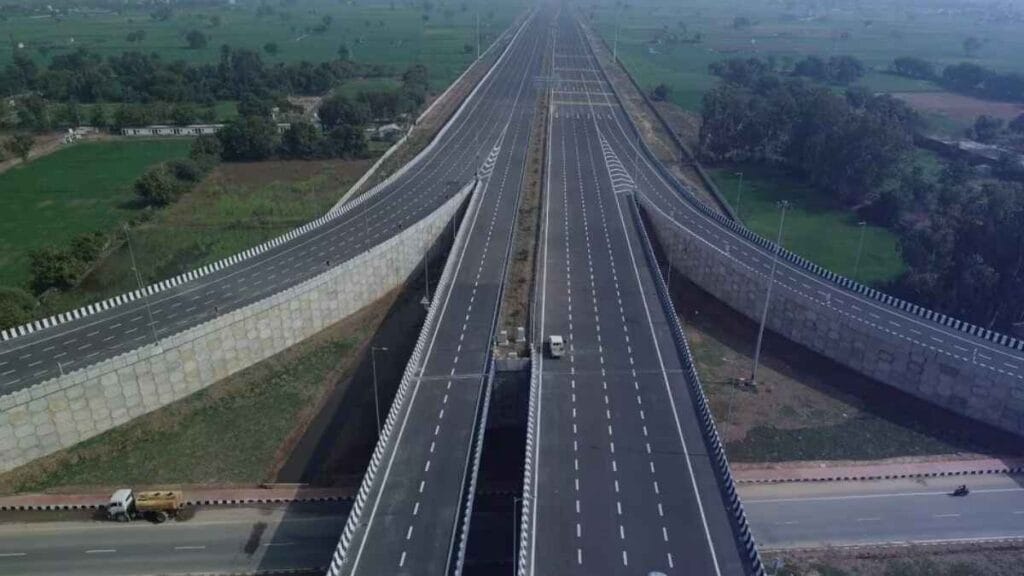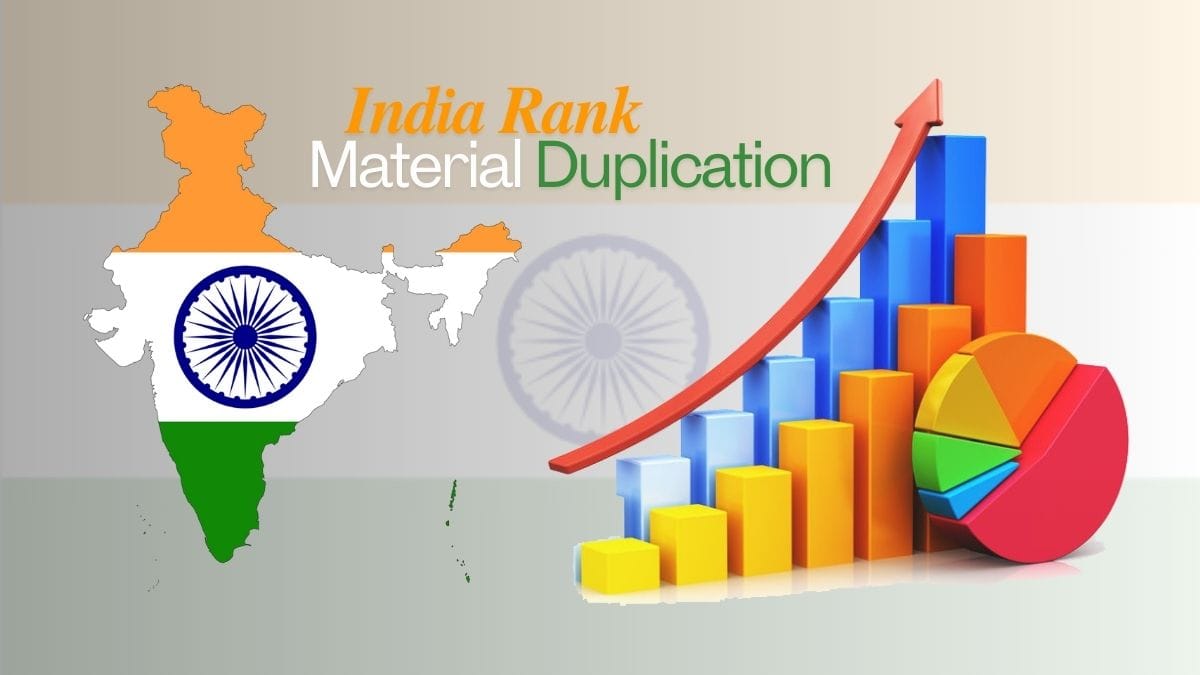India Rank in Material Duplication Revealed; A Comprehensive Analysis
Material duplication, often associated with intellectual property infringement, has become a growing concern worldwide. As globalization accelerates and digital access expands, safeguarding intellectual property has become increasingly challenging. India, one of the fastest-growing economies, faces scrutiny over its practices in material duplication. This article delves into India’s global ranking, the factors influencing this status, and the broader implications for the country’s economy and innovation landscape
India’s Global Standing in Material Duplication
India has frequently been highlighted in international reports concerning material duplication and piracy. According to the most recent data from the U.S. Trade Representative (USTR) Special 301 Report, India is included on the Priority Watch List for intellectual property violations. This classification indicates significant concerns regarding the enforcement of intellectual property laws and widespread duplication activities.
In the International Property Rights Index (IPRI), India ranks 42nd out of 129 countries for intellectual property protection. While this may seem mid-tier, the ranking underscores a pressing need to address gaps in enforcement and legal frameworks to prevent unauthorized copying and reproduction of materials.
Key Sectors Affected by Material Duplication in India
Material duplication impacts various industries, leading to substantial economic losses and undermining innovation.
- Media and Entertainment
- Piracy of films, music, and software remains rampant in India.
- Reports estimate that the Indian film industry loses $2.8 billion annually due to piracy.
- Publishing Industry
- Educational books and research materials often face unauthorized duplication.
- This practice not only affects publishers but also hinders academic integrity.
- Pharmaceutical Industry
- Counterfeit drugs continue to plague the Indian market, raising public health concerns.
- India contributes 35% of counterfeit medicines globally, according to WHO estimates.
- Software and Technology
- Software piracy rates in India stood at 58%, one of the highest globally, resulting in billions of dollars in lost revenue.
Legal Framework and Enforcement Challenges
India has implemented several laws to combat material duplication, including:
- Copyright Act of 1957 – Protects literary, artistic, and musical works.
- Information Technology Act of 2000 – Regulates digital piracy and cybercrimes.
- Patent Act of 1970 – Safeguards inventions and industrial designs.
Despite these frameworks, enforcement remains challenge due to various factors:
- Slow judicial processes.
- Lack of awareness among consumers and businesses.
- Limited technological infrastructure to monitor violations.
Economic and Social Implications
Material duplication has far-reaching effects on India’s economy and reputation.
1. Economic Losses:
- Revenue losses due to piracy and counterfeiting amount to billions of dollars annually.
- The informal market undermines legitimate businesses, reducing tax revenues.
2. Innovation Deterrence:
- Weak intellectual property enforcement discourages foreign investments and collaborations.
- Startups and SMEs face difficulties in securing funding and scaling operations due to fear of idea theft.
3. Employment Impact:
- Piracy and counterfeiting reduce job opportunities in legitimate industries.
- Approximately 800,000 jobs are lost annually due to counterfeiting activities.
Government Initiatives to Combat Duplication
The Indian government has implemented various measures to combat material duplication and piracy:
- National IPR Policy (2016):
- Focuses on strengthening intellectual property laws and enforcement.
- Promotes public awareness programs to educate citizens about copyright laws.
- Digital India Campaign:
- Encourages legal access to digital content through affordable subscription services.
- Collaboration with International Organizations:
- India has partnered with Interpol and World Intellectual Property Organization (WIPO) to combat cross-border duplication.
Future Outlook and Recommendations
To improve its ranking and curb material duplication, India needs to focus on:
- Strengthening Enforcement Mechanisms:
- Fast-tracking intellectual property disputes through specialized courts.
- Enhancing surveillance technologies to detect digital piracy.
- Public Awareness Campaigns:
- Promoting legal alternatives like streaming platforms and e-books.
- Educating businesses about protecting their intellectual property.
- International Cooperation:
- Participating in global treaties to align with international standards on intellectual property rights.
- Technological Innovations:
- Leveraging blockchain and AI technologies to track and verify ownership rights.
India’s rank in material duplication highlights both challenges and opportunities for improvement. While the country has made strides in establishing legal frameworks, enforcement and awareness remain key areas for growth. By strengthening intellectual property protection and leveraging technology, India can not only improve its global standing but also foster a more innovative and economically resilient environment.
For businesses and policymakers, addressing material duplication must be a top priority to safeguard intellectual assets and propel India towards sustainable development.
India rank in material duplication, material duplication in India, intellectual property infringement, material piracy in India
Switzerland ਨੇ ਭਾਰਤ ਤੋਂ Most Favored Nation ਦਾ ਦਰਜਾ ਵਾਪਸ ਲਿਆ

Delhi-Mumbai Expressway Delay to 2026 Announced
Delhi-Mumbai Expressway Completion Delayed to 2026 Amid Challenges The highly anticipated Delhi-Mumbai Expressway, originally slated for completion in January 2023, has faced significant delays. According to Harsh Mallhotra, the Minister of State for Road Transport and Highways, the new projected completion date is 2026. This setback has been attributed to technical difficulties and issues with …

